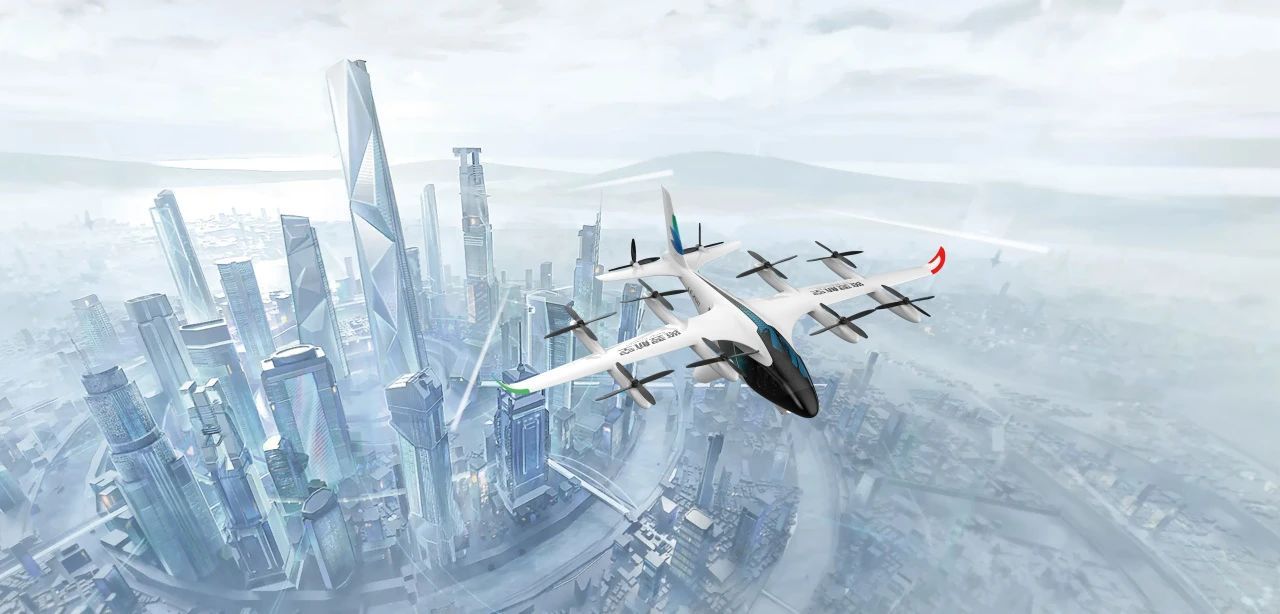|
Getting your Trinity Audio player ready...
|
Throughout the year, a wave of new electric vertical takeoff and landing (eVTOL) aircraft companies have emerged alongside more recognized, established names like AutoFlight, EHang and XPeng AeroHT. Some are newcomers, leveraging their expertise from aerospace giants, such as AVIC and COMAC, while others — like Aerospace Times Feipeng and Hangjing Innovation — already produce uncrewed aircraft systems (UAS). Meanwhile, the growing convergence of automotive electric vehicles (EVs) and eVTOL technology is shaping China’s future mobility landscape through various collaborations, including partnerships between universities and automotive giants.

Aerial Rider
Founded in June 2023, Aerial Rider — known as ZTYT Feixia (Shanghai) Intelligent Technology Co., Ltd. (“Sky Pilots” in Chinese) — is preparing to launch its first tiltrotor passenger autonomous eVTOL in Shanghai, with a payload capacity of 1.2 t (2,650 lb) and a takeoff weight of 3 t (6,600 lb). Although no photos have been released by press time, testing was expected to commence by August, with commercialization slated for March 2026.
Aerial Rider focuses on hybrid and hydrogen technologies and turboshaft-powered drones. Its Shanghai production facility, with a capacity of 15,000 units annually, is currently in trial production, focusing on large uncrewed helicopters and other advanced UAS (shown). According to the company, their models can handle payloads up to 2 t (4,400 lb).
The company is also working on a 2.6-t (5,700-lb), six-seater eVTOL prototype for completion by the end of 2024.
AnTG Industry
Established in 2023, relatively unknown Shenzhen-based company AnTG Industry unveiled the AnTG ONE in May 2024, promoting it as Asia’s first ultralight single-pilot eVTOL aircraft. Dubbed China’s first flying go-kart, the AnTG ONE promises that “ordinary people can become ‘pilots’ in just three minutes.”
Weighing just 60 kg (132 lb) with a maximum load capacity of 90 kg (198 lb), the aircraft measures 2.2 m x 1.8 m x 0.9 m (7.22 ft x 5.91 ft x 2.95 ft) and folds to a compact 650-mm (2.13-ft) width. It offers a maximum flight time of 20 minutes, speeds of 20–40 km/h (12–25 mph), and a maximum altitude of 5 m (16.4 ft). Controlled via a three-axis joystick and throttle lever, the aircraft is powered by a high-discharge lithium battery and constructed from aerospace aluminum and carbon fiber. The motor uses a high-power, brushless electric outer rotor.


The AnTG ONE features a redundant flight control system, a four-axis control system, Light Detection and Ranging (lidar) and visual obstacle avoidance, a low-altitude ejection parachute, emergency hover capability and an artificial intelligence (AI) flight helmet.
In early 2024, the company completed its first crewed flight, followed by successful flight tests of its second-generation model, demonstrating capabilities such as hovering, forward and backward motion, lateral translation and sharp turns. In November, AnTG completed its first tests taking off and landing on water.
In June, the company announced plans for a ¥12M financing round (approximately US$1.7M) after securing over 500 orders at the 9th Shenzhen International UAV Expo. In September, AnTG launched pilot projects in the cultural tourism sector and opened a low-altitude flying experience center at the Linzhou Grand Canyon. The company is also collaborating with government emergency rescue departments for research and testing.
On Dec. 5, AnTG Industry completed its relocation to the Low-Altitude Economy Industrial Park in Beiguan District, Anyang, Henan Province, where it will now conduct its research, development and trial production. Future plans call for establishing an application scenario base in nearby Linzhou.
READ MORE


